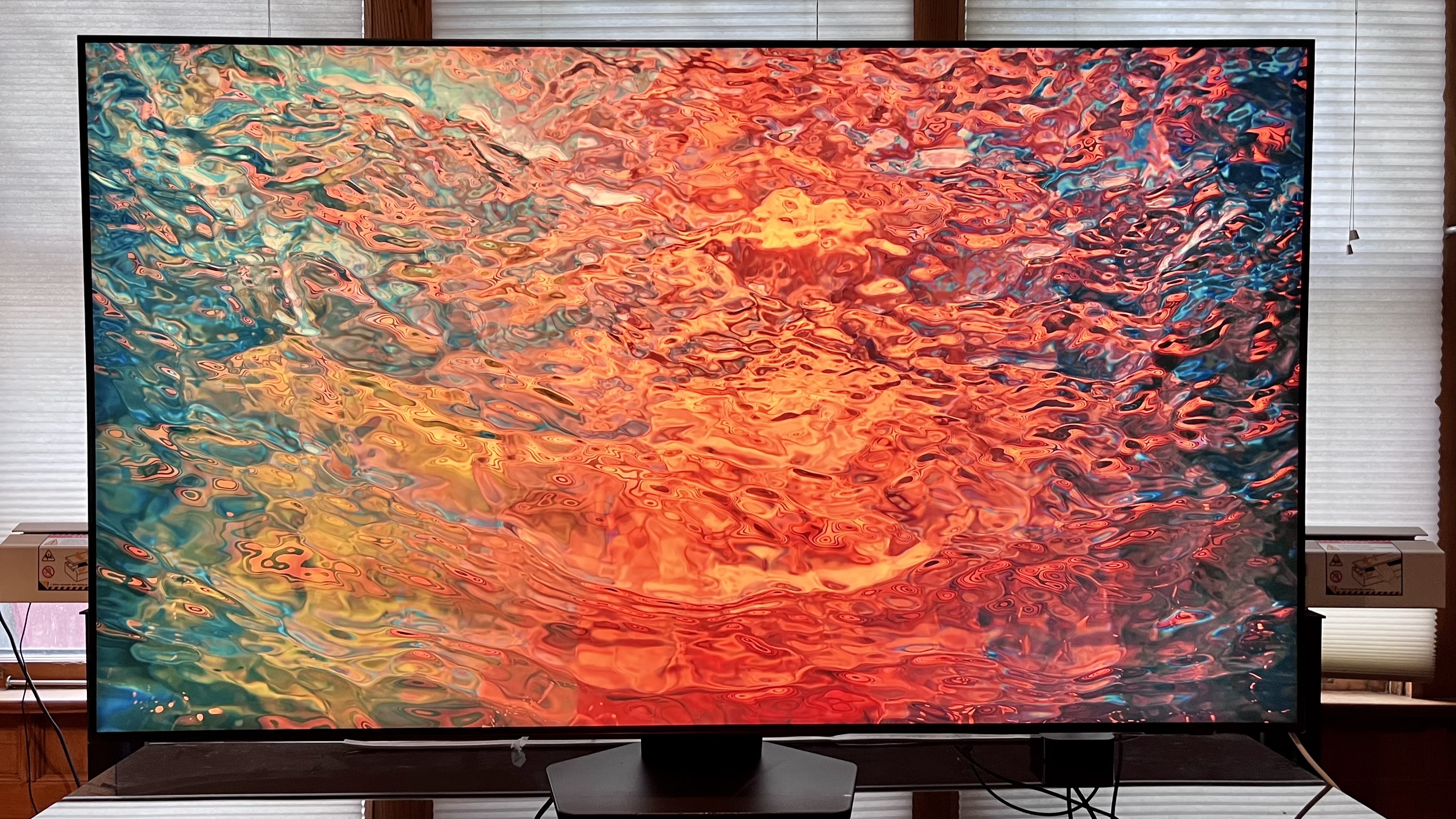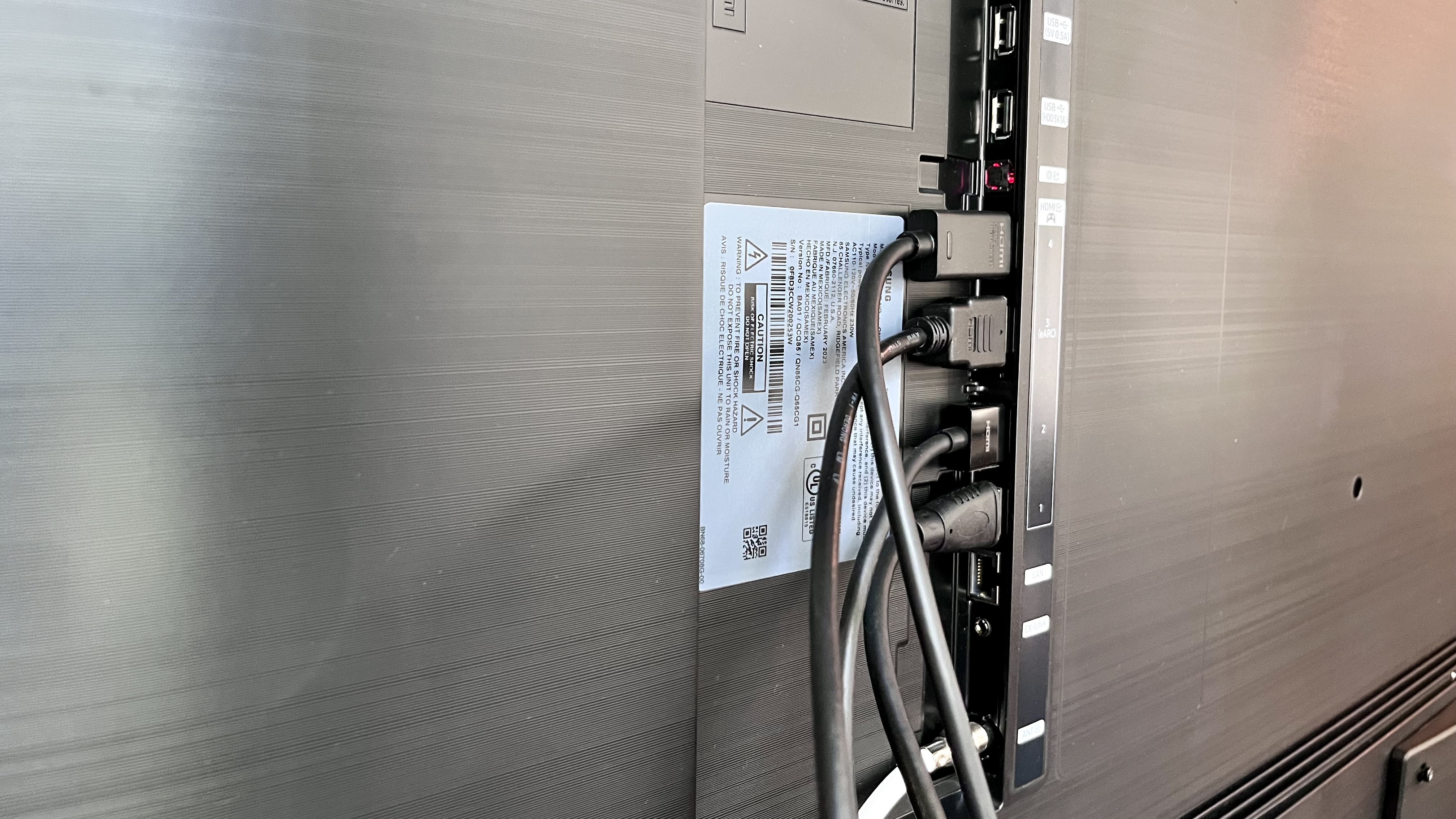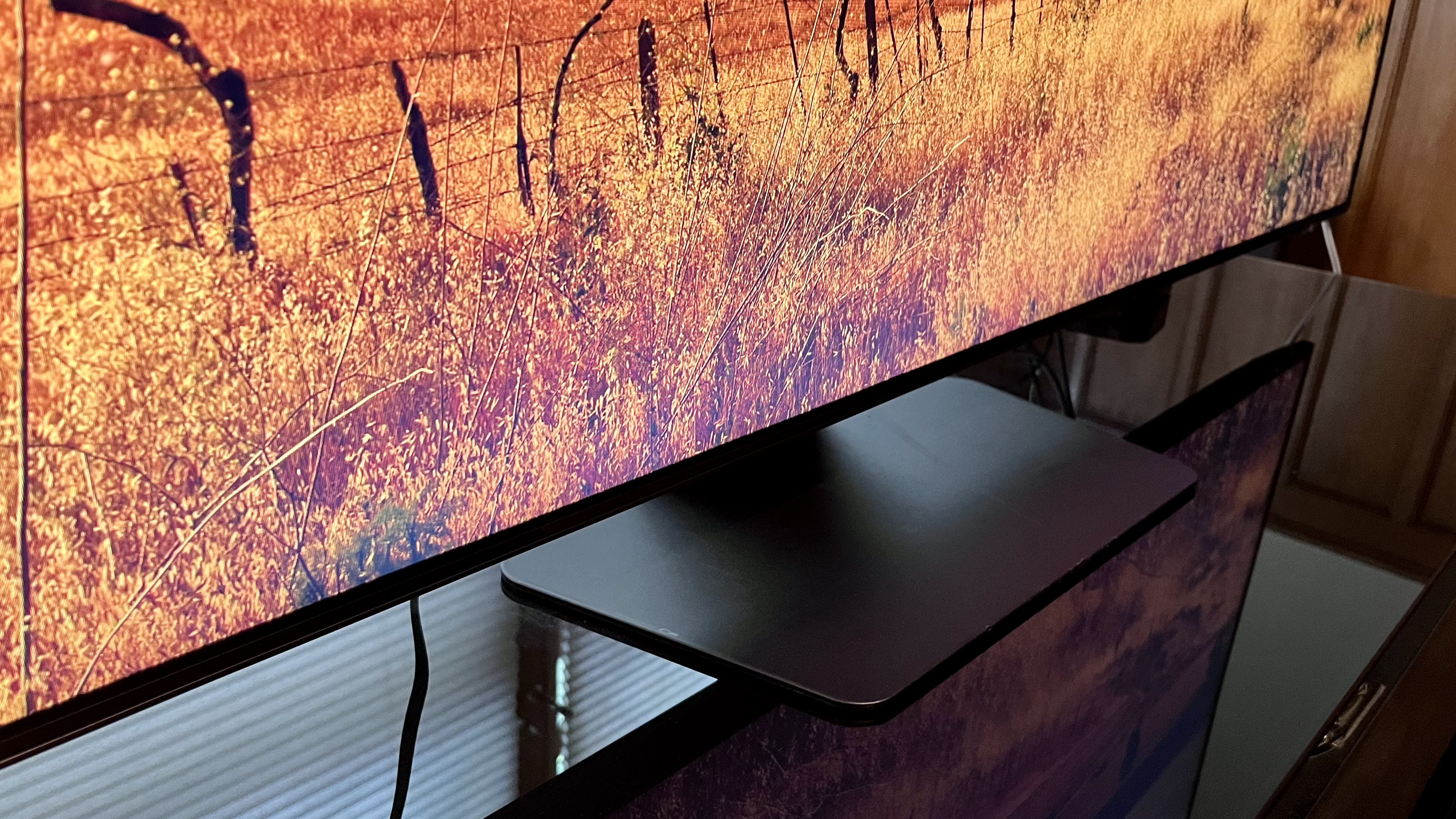I tested Samsung’s ‘cheap’ mini-LED – here’s what it does as well as expensive TVs

Samsung’s Neo QLED TVs provide a step-up option by using a mini-LED backlight that can provide substantially higher brightness than the company’s regular QLED models. We’ve reviewed two 2023 Samsung Neo QLEDs this year, the QN95C and QN90C, with the latter earning a place our best TVs list. Next up is the QN85C, which is the entry-level offering in the company’s 2023 Neo QLED family.
A full QN85C review is forthcoming, but I wanted to give a preview of what can generally be expected of the TV based on my initial tests and measurements. There’s still plenty of work to be done to make a full assessment of its performance. Many of the QN85C’s features can be found throughout the Samsung Neo QLED lineup, however, such as Samsung Gaming Hub for cloud-based gaming, and Q-Symphony 3.0, which lets you combine the set’s built-in 2.2.2-channel speakers with a compatible Samsung soundbar for enhanced audio immersion.
Here are the QN85C’s key features:
- Neural Quantum Processor with 4K upscaling
- Wide Viewing Angle
- 4 x HDMI 2.1 inputs with 4K 120Hz support
- ATSC 1.0 tuner
- 2.2.2-channel speakers
- Object Tracking Sound
- Q-Symphony 3.0
- Samsung Gaming Hub
- NeoSlim Design with hexagonal plate stand
- SolarCell remote control

With four HDMI 2.1 inputs, the QN85C is a solid option for console-based gaming, and Samsung Gaming Hub expands your available gaming options. Samsung’s entry-level Neo QLED TV differs from its higher-ups in that it has a Wide Viewing Angle feature as opposed to Ultra viewing Angle found on the other models, and its built-in digital TV tuner doesn’t support ATSC 3.0 “NextGenTV” broadcasts. Otherwise, it has the same NeoSlim design and hexagonal plate stand as the QN90C and comes with a solar-charged remote control.
Pricing for the QN85C, which is sold in screen sizes ranging from 43-inches up to an enormous 98-inches, has dropped since it was first released back in May 2023. The 65-inch model I tested currently sells for $1700 / £1399 / AU$3499. To give that price some context, a QN90C with the same screen size sells for $2,000 while Samsung’s regular Q80C QLED model sells for $1200.
As mentioned above, I’ve just started testing the QN85C, but here are some performance-related observations that I can share off the bat.
Low input lag
Samsung Neo QLED models regularly land on our list of the best gaming TVs, and the QN85C looks primed to occupy the slot where its QN85B predecessor currently sits. With its Game mode active, input lag on the QN85C measured an extremely low 9.8ms. When combined with the TV’s quartet of HDMI 2.1 inputs with 4K 120Hz support, VRR and FreeSync Premium, as well as Samsung Gaming Hub with Xbox, Nvidia GeForce Now, Amazon Luna, Utomik, Antstream Arcade, and Blacknut cloud gaming options, that factor makes the QN85C a top choice for gaming right out of the gate.
Sign up for breaking news, reviews, opinion, top tech deals, and more.

Infinite contrast
Samsung’s mini-LED TVs generally have excellent contrast owing to their powerful backlight local dimming feature. Like others before it, the QN85C can achieve “infinite contrast” by completely switching off its backlight on full black images. But that’s not all it can do. Dark scenes in the show Top Boy that I streamed in 4K HDR on Netflix showed a wide range of shadow detail, and there was a punchy quality to the picture that gave it a sense of 3D depth. Based on my initial viewing, the QN85C gets a thumbs-up for picture performance, though its picture was notably less bright than the QN90C model that I previously reviewed.
Are there things that the QN85C does less well than the step-up models in the 2023 Neo QLED line? I mentioned lower brightness than the QN90C, though the QN90C is so super-bright that it provides enough light output for viewing in bright rooms during daytime hours. it's an over-achiever in that respect. And off-center picture uniformity isn’t as good as with the QN90C, which has Samsung’s Ultra viewing Angle feature. The QN85C’s built-in digital TV tuner also lacks the ATSC 3.0 support that the QN90C’s provides.
Does all this add up to an endorsement of the QN85C, or a recommendation that you spend a few hundred dollars more to get the QN90C? I’ll have a lot more to say about that when I wrap up my full QN85C review, which will include an in-depth discussion of its value proposition among other things. Look out for that review to post in the very near future.
You might also like

Al Griffin has been writing about and reviewing A/V tech since the days LaserDiscs roamed the earth, and was previously the editor of Sound & Vision magazine.
When not reviewing the latest and greatest gear or watching movies at home, he can usually be found out and about on a bike.